Growing Complexity of IT Environments
The Docker Monitoring Market is significantly influenced by the growing complexity of IT environments. As organizations adopt microservices architectures and hybrid cloud solutions, the need for comprehensive monitoring tools becomes paramount. The intricate nature of these environments necessitates advanced monitoring solutions that can provide visibility across multiple containers and services. Market data indicates that organizations are increasingly investing in monitoring tools to manage this complexity effectively. Consequently, the Docker Monitoring Market is likely to see a rise in demand for solutions that offer centralized monitoring, alerting, and reporting functionalities, enabling IT teams to maintain operational efficiency.
Increased Adoption of Containerization
The Docker Monitoring Market experiences a notable surge in demand due to the increasing adoption of containerization technologies. Organizations are increasingly recognizing the benefits of containerization, such as improved resource utilization and faster deployment times. According to recent data, the containerization market is projected to grow at a compound annual growth rate of over 25% in the coming years. This trend drives the need for effective monitoring solutions to ensure optimal performance and security of containerized applications. As businesses migrate to containerized environments, the Docker Monitoring Market is poised to expand, providing tools that facilitate real-time monitoring, performance analytics, and troubleshooting capabilities.
Regulatory Compliance and Security Concerns
The Docker Monitoring Market is increasingly shaped by regulatory compliance and security concerns. As organizations face stringent regulations regarding data protection and privacy, the need for monitoring solutions that ensure compliance becomes essential. Effective monitoring tools can help organizations track and audit containerized applications, ensuring adherence to regulatory standards. Additionally, the rise in cyber threats necessitates robust security monitoring capabilities. Market data suggests that organizations investing in security-focused monitoring solutions can reduce the risk of breaches by up to 40%. This trend emphasizes the importance of the Docker Monitoring Market in providing solutions that address both compliance and security challenges.
Demand for Enhanced Performance and Reliability
The Docker Monitoring Market is driven by the escalating demand for enhanced performance and reliability of applications. As businesses strive to deliver seamless user experiences, the need for robust monitoring solutions becomes critical. Organizations are increasingly seeking tools that can provide insights into application performance, resource utilization, and potential bottlenecks. Recent studies suggest that companies utilizing effective monitoring solutions can achieve up to 30% improvement in application performance. This trend underscores the importance of the Docker Monitoring Market, as it offers solutions that empower organizations to proactively address performance issues and ensure high availability of their containerized applications.
Focus on Cost Efficiency and Resource Optimization
The Docker Monitoring Market is significantly impacted by the focus on cost efficiency and resource optimization among organizations. As businesses seek to maximize their return on investment, they are increasingly turning to monitoring solutions that provide insights into resource utilization and operational costs. Effective monitoring tools enable organizations to identify underutilized resources and optimize their infrastructure, leading to substantial cost savings. Market analysis indicates that organizations that implement comprehensive monitoring solutions can reduce operational costs by up to 20%. This trend highlights the critical role of the Docker Monitoring Market in helping organizations achieve their cost-efficiency goals.


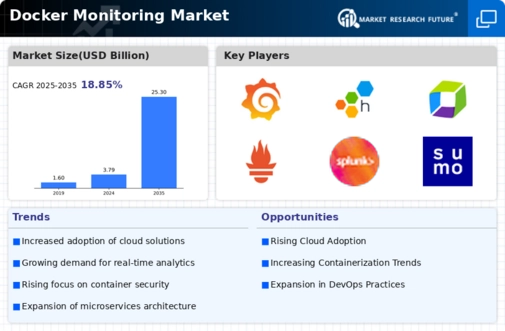
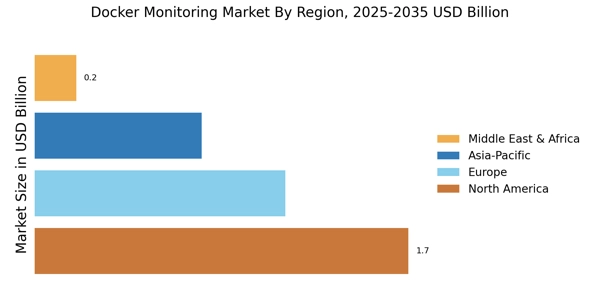
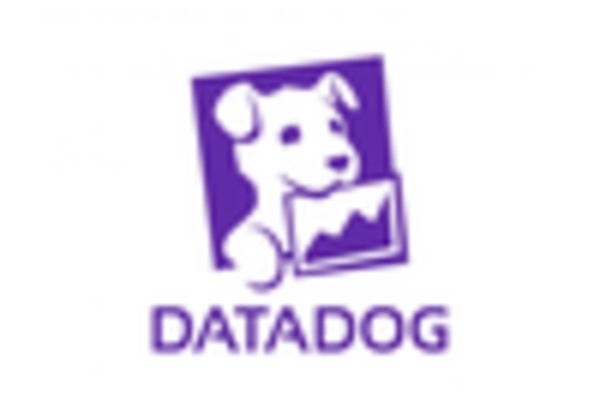


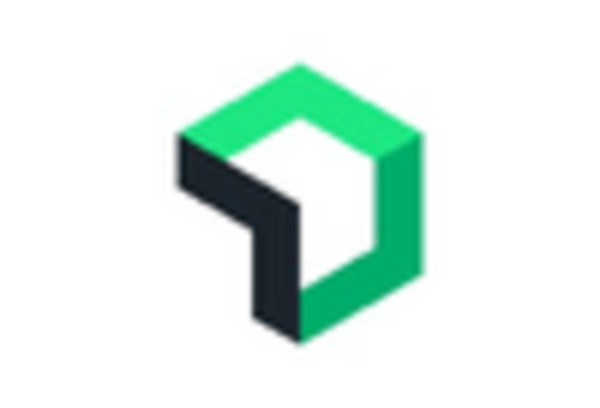

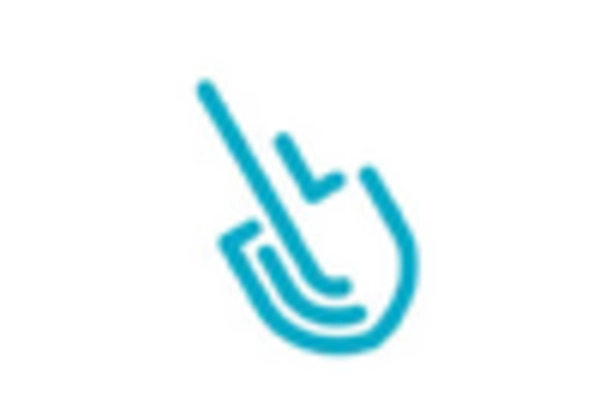








Leave a Comment